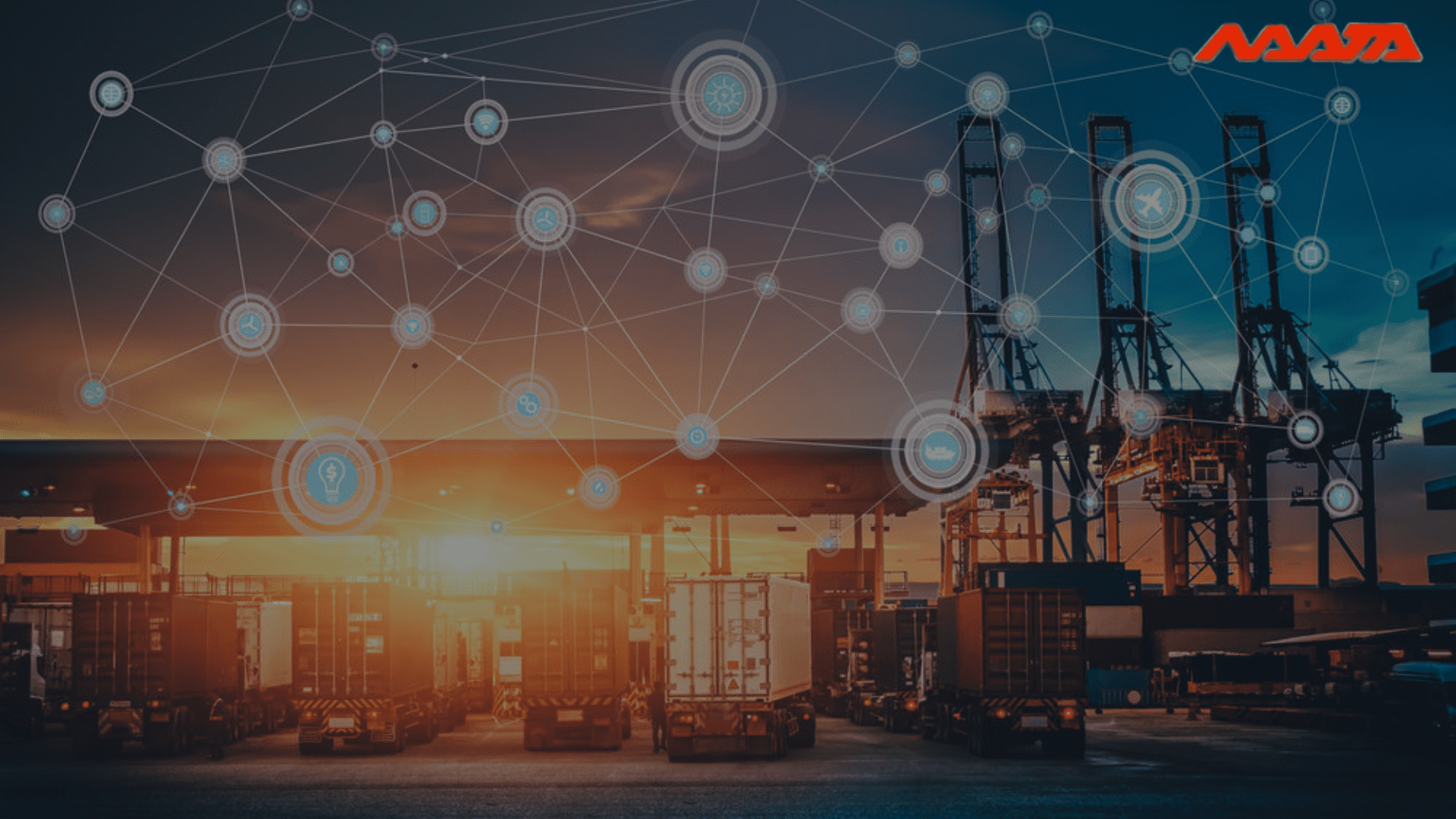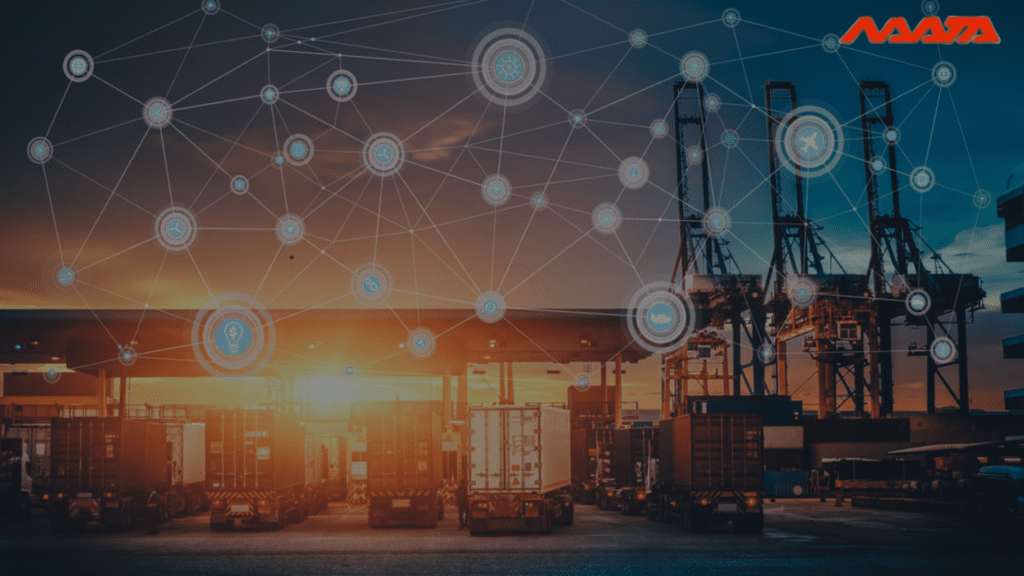Digital Logistics Meaning, Framework and Impact – Difference Between Traditional And Digital Logistics 2022
Table of Contents
Digital Logistics
We are about to enter a time in which the logistics operations and strategy will undergo a period of dynamic and profound transformation. While the majority of companies made significant strides in their logistics capabilities during the 1990s, a number of forces, most notably the potential for communication and collaboration offered by the internet, are bringing about a dramatic shift in the manner in which companies devise their logistics strategies, processes, and systems.
Companies who adopt this new paradigm will be in a position to reduce their operational expenses by millions of dollars, gain greater integration of their supply chains, and boost their market strength by focusing their fulfilment efforts on the needs of their customers.
Traditional data gathering, which is the foundation of digital logistics in the supply chain, is often carried out manually and is prone to human error as well as delays. It is digitised so that your logistics processes, tactics, and systems may be improved and made more efficient. In other words, it automates the sections of the supply chain that involve regular tasks and are amenable to being automated.
This digital approach not only paves the way for entirely new opportunities for your company to save on operating costs, cut down on productivity losses, and prevent imprecise order fulfilment, but it also raises the level of data transparency for all of the suppliers and partners who are involved in every step of supply chain management and operations management. This can be a huge benefit for your business.

Digital logistics has a number of critical aspects, including:
Distribution: Current-generation fulfillment methods and real-time WMS technologies have been improved.
Inbound and outgoing cargo movements may be optimized by automated load building, as well as the effective management of carriers.
End-to-end visibility of inventory, orders, and shipments is made possible through digital logistics. Inventory levels are reduced throughout the network, customer satisfaction is increased, and logistical events are dynamically responded to. The decision-making process is aided by a command and control center.
That’s how it gets to be so efficient! It is now easier to track key performance indicators, which helps in the quest for ever-improving results. All information is available online and can be filtered to find the most relevant information for any given situation.
You May Also Like To Read: 11 Importance of Data Science In Logistics
Digital Logistics Framework
This evolution starts with functional excellence, then advances to corporate logistics management, and finally to supply chain integration and cooperation.
Stage 1 - Functional Excellence
The foundation for digital logistics must be functional excellence, despite the current emphasis on integrated enterprise logistics management and supply chain integration. It is not uncommon for businesses to launch aggressive supply chain efforts only to discover that they fall short of their goals owing to a lack of performance at the local distribution centre level.
At the very least, companies that adopt digital logistics will be functionally superior in three important areas:
Distribution: Improved fulfilment methods and real-time WMS technology are being used in the distribution process.
Transportation: Carriers and inbound and outbound freight movements can be made more efficient by automating load building, optimising incoming and outgoing freight movements, and managing carriers effectively.
Labor and Resource Management: Few firms have taken use of today’s modern labour management systems to greatly boost productivity, quality, and staff retention.
If a company doesn’t already have a solid foundation in warehouse management, personnel, and transportation, it will be incredibly difficult to advance up the digital logistics ladder to the enterprise or supply chain levels.
Stage 2 - Enterprise Logistics Management
Once functional excellence has been attained, businesses are in a position to implement genuine enterprise logistics management. The following are some of the key features that will allow for integrated corporate logistics management:
The visibility of the supply chain and the management of events: Many businesses have made the improvement of the supply chain’s visibility a major corporate objective. End-to-end visibility to inventory, orders, and shipments across the supply chain is becoming an essential capability in today’s high velocity logistics environment. This is because end-to-end visibility is emerging as an essential capability to reduce network-wide inventory levels, maximise customer satisfaction, and respond dynamically to events in the logistics industry.
Centralized command and control: Increased visibility across the supply chain offers a number of advantages, but it is not an objective in and of itself. Businesses have to be able to take action based on this information in order to make changes within the organisation and beyond. This necessitates the development of a new generation of business command and control solutions, ones that not only support new roles and responsibilities but also deliver increased levels of logistical efficiency.
The visibility of performance measures is essential for on-line logistics scorecarding and metric systems. This visibility is required to promote continuous improvement. Performance measurements, sometimes known as a “logistics scorecard,” are disseminated broadly within a business that uses digital logistics. They may be accessed online, and the user is given the ability to dig down into the information in order to get a deeper knowledge and identify the underlying causes of any issues that may arise.
Stage 3 - Supply Chain Integration and Collaboration
Flexibility is essential for fast integration with important trade partners, as well as synchronizing operations and collaborating across logistical processes. True cooperation cannot always be achieved by direct integration of systems; although ideal, it is not always feasible and in certain circumstances does not suffice.
“Hub” organizations may boost cooperation and synchronization by creating a series of collaborative digital apps tailored to the needs of each supply chain stakeholder. Increasing supply chain velocity, efficiency, and customer service will result from this.
As the core repository for all logistics data, these collaborative digital applications will be built on a foundation of supply chain visibility. Each link in the supply chain has its own set of logistical application functions that must be accessed in order for everyone involved to do their jobs properly.

The Impact of Digital Logistics on Business Operations
Many digital logistics systems include a component of machine learning, which enables users to make important choices based on collected data and constantly improve their supply chain operations.
What happens, therefore, when your team is liberated from the tedium of managing repetitive procedures and duties and when they are no longer need to comb through spreadsheet after spreadsheet in order to locate the information they want in order to take the appropriate action?
You might concentrate on strategic enhancements that have a direct influence on the level of happiness experienced by customers. Human interaction is not going to be replaced by digital logistics anytime soon. Instead, it is an extension that gives supply chain suppliers the ability to concentrate on providing superior service to their customers.
The most recent competitive differentiation for brands is logistics. No matter the market or the kind of goods, there is always a lot of strong competition. When everything else is the same, the way a business handles its logistics may often determine whether a client will return or if they will leave a poor review or the business altogether.
From the point of purchasing until the time of delivery, consumers anticipate a seamless experience. Reputation is important, and the businesses who successfully use technology to keep one step ahead of the competition will thrive.

What Is The Difference Between Traditional And Digital Logistics?
It’s possible that the distinction between traditional logistics and digital logistics isn’t as cut and dry as you believe it to be. However, in order to be successful in putting in place a logistics system that is more effective for your company, you must first be able to differentiate between the two in a very specific way.
Traditional vs. Digital
“Documentation in the form of paper. Scanned PDFs. Manually entering data into multiple IT Systems. Calling all the time to find out the newest cargo information.”
What it’s like to work under a Traditional Logistics model is depicted in these sentences. Supply chain stakeholders employ a variety of different software platforms, and most of their coordination and communication are done by telephone. This strategy may be argued to be both unsuccessful and expensive. Even Nevertheless, a large number of industrial logistics activities are being conducted in this manner.
The alternative is Digital Logistics. Moving far beyond needing to scan papers or manually enter data, this solution is Cloud-based and offers optimization, visibility, and cooperation across all stakeholders in the end-to-end supply chain. Management systems and apps may easily exchange data electronically.
One of the keys, time-saving benefits is that you may input information into the systems once and then reuse the data several times instead of registering the same information for every shipment.
Logistics and technology have converged to provide more collaborative solutions and closer integration between the supply chain and the end-user.
Thanks For Reading: Digital Logistics Meaning, Framework and Impact – Difference Between Traditional And Digital Logistics 2022
Powered By 360Presence
Difference Between Traditional And Digital Logistics Impact of Digital Logistics Digital Logistics Framework




